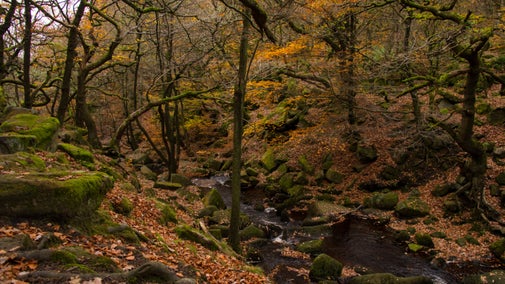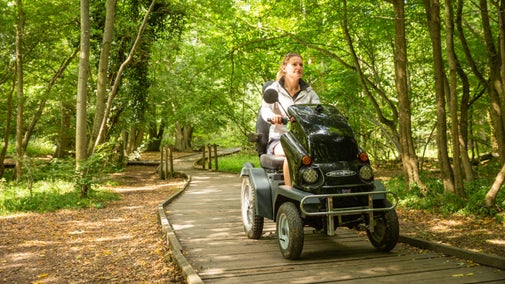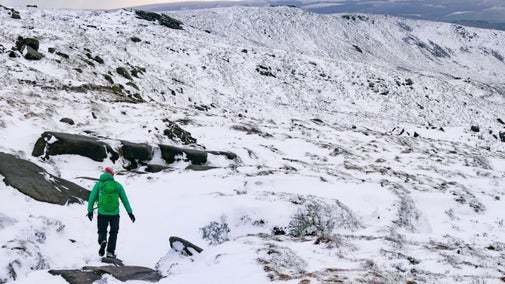Padley Gorge and Burbage Brook walk
The Peak District & Derbyshire
Explore the wildlife-rich meadow and pond at Longshaw and walk through the ancient sessile oak and birch woodland of Padley Gorge on this short, easy walk.
Start point
Longshaw café, grid ref: SK264798Trail information
More near here
Frogatt, Curbar and White Edge red deer circular walk
A circular walk with views across the expanse of Derbyshire's Big Moor, a chance to spot red deer and the option to take a break for a pint and some pub grub halfway round.

Longshaw woodland explorer walk
Plan your walk before you leave home, so that your visit is one that is enjoyable and kind to the landscape at the same time.

Get in touch
Our partners

We’ve partnered with Cotswold Outdoor to help everyone make the most of their time outdoors in the places we care for.
You might also be interested in
Walking
Explore some of the finest landscapes in our care on coastal paths, accessible trails, woodland walks and everything in between. Find the best places to walk near you.

Cotswold Outdoor: our exclusive walking partner
Learn about the National Trust’s ongoing partnership with Cotswold Outdoor. Find out how they help us care for precious places and the exclusive discount available for National Trust supporters.

Staying safe at National Trust places
The special places in National Trust care sometimes come with a few risks for visitors, be it coastline or countryside. Find out how to keep safe throughout your visits.

Follow the Countryside Code
Help to look after National Trust places by observing a few simple guidelines during your visit and following the Countryside Code.

Things to see and do at Longshaw, Burbage and the Eastern Moors
Discover panoramic countryside views, ancient woodland and heather moorland on a walk at Longshaw. Find out what you’ll see on your next adventure.

Eating and shopping at Longshaw
Enjoy a brew with a view at the Longshaw Café where you’ll find a range of sandwiches, snacks and drinks, or pop to the second-hand bookshop to discover your next read.

Ancient tree walks
Walk amongst ancient woodlands in our care. You can find centuries-old oak, sweet chestnut, yew and cherry trees on our trails around the UK.

Walking in the Peak District and Derbyshire
Discover the best walking routes around the Peak District and Derbyshire for walkers of all abilities, from peaks and lakeside paths to expanses of moorland.



